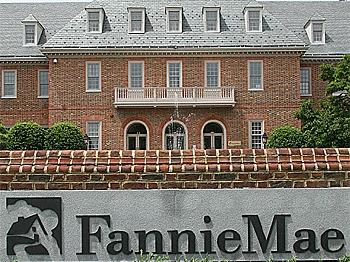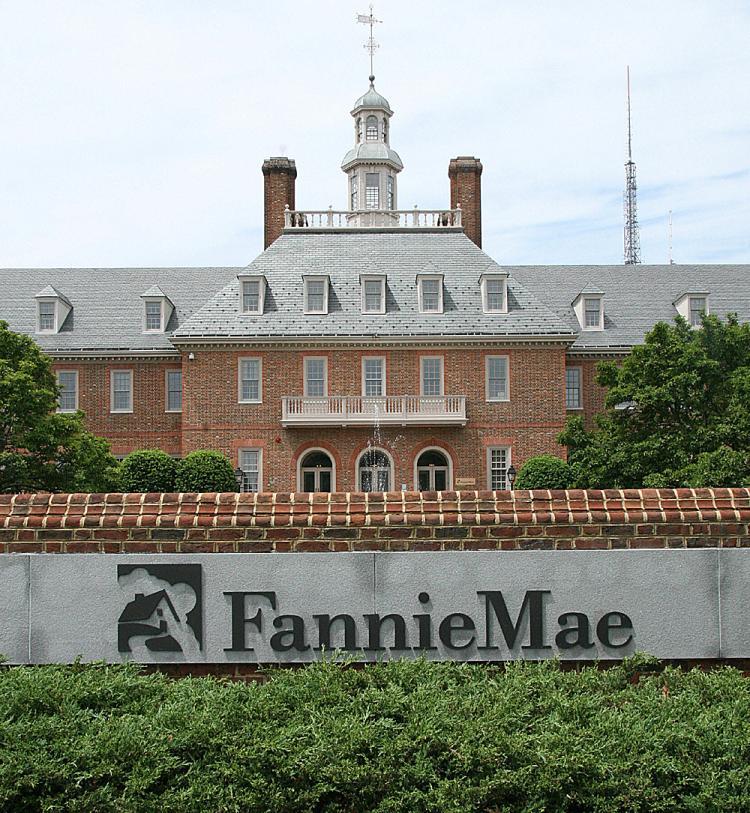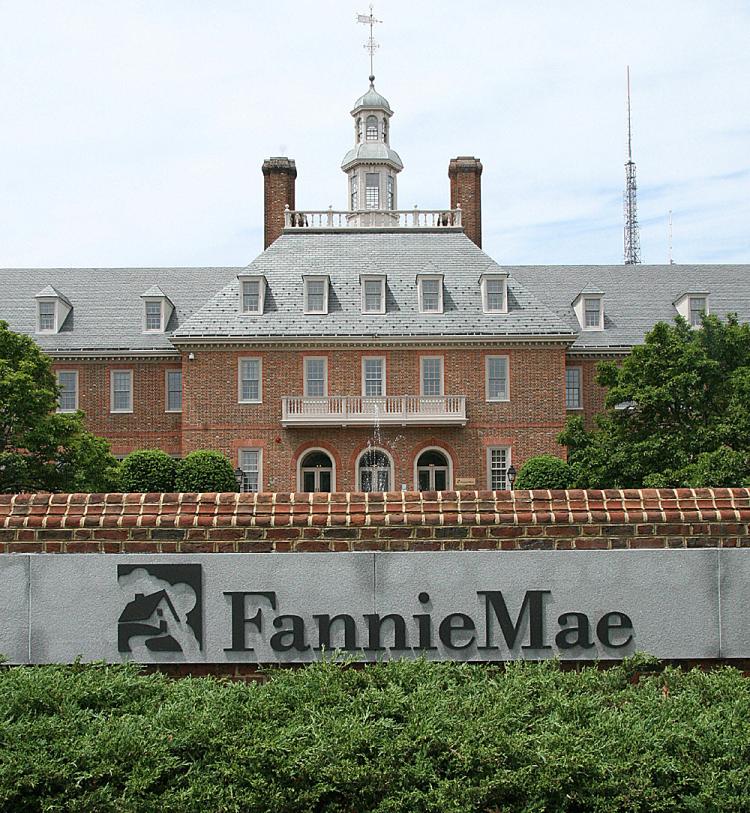The FHFA report reviews the financial strength of Fannie Mae, Freddie Mac and the Federal Home Loan banks (FHLBanks) and sought to address their continued challenges. They were put under federal conservatorship last year after the mortgage market collapsed.
“Fannie Mae and Freddie Mac are both ‘critical concerns’ and had substantial safety and soundness issues that led them to be placed into conservatorship in September 2008,” FHFA said.
Management reshuffling at both Fannie Mae and Freddie Mac has been a positive step, but further work is necessary in bringing top talent to the firms.
“Credit (risk) management weaknesses” have not yet been ironed out and could pose significant challenges to restoring the health of these institutions, the report said.
The mortgage industry is not out of the woods, but signs of recovery are promising and stability may return earlier than predicted.
According to the report, the firms played a major role in bringing liquidity and continuance to financing the housing market in 2008. Housing loans increased by $5.2 trillion, representing a 5.6 percent increase.
The twelve FHL banks continued to lend to its members during the 2008 downturn with a 2008 high of $1 trillion in October 2008.
There are 8,100 member banks located in every region of the country. Each member (typically a bank or savings and loan association) is a shareholder in one or more of 12 regional FHLBanks in Atlanta, Boston, Chicago, Cincinnati, Dallas, Des Moines, Indianapolis, New York, Pittsburgh, San Francisco, Seattle, or Topeka.
Each FHLBank is a separate legal entity with its own board of directors and management. The FHLBank system is a government-sponsored enterprise (GSE) chartered by Congress in 1932, created to support residential mortgage lending and community investment at the local level.
Review of the December 12, 2008 FHLBanks combined financial statements indicate assets of $1.4 trillion, a 6.1 percent increase of the prior fiscal year. Although FHLBanks had little exposure to the sub-prime loan markets, revenues in 2008 decreased by 57.3 percent to $1.2 billion, compared with $2.8 billion in 2007. Losses included a $252 million write-off on funds due from Lehman Brothers, the bankrupt investment bank.
FHFA was created last year to oversee the U.S. secondary mortgage markets, Fannie Mae, Freddie Mac and the FHLBanks.
Under Government Conservatorship
“Conservatorship cannot be a permanent state for the enterprises, but getting out of conservatorship awaits a housing market recovery and will likely involve Congressional action,” according to the report.
The quality of the FHFA review of the banks was stipulated in Section 1103 of the Housing and Economic Recovery Act of 2008, which calls for an annual report to Congress and requires evaluation of the transparency, risk taking activities, shortcomings and performance.
The companies under conservatorship have shown resilience and improved upon their operational and financial deficiencies, though, not yet to the point that they could survive without federal aid.
Corrective actions concerning transparency, performance targets and risk factors show improvement but are hampered by job vacancies, especially among upper management.
In 2008, Fannie Mae missed all except one of its housing benchmark goals, while Freddie Mac failed all of its goals, though FHFA admits to have set unachievable goals for the companies.
Despite FHLBanks’ taking a hit from mortgage-backed securities, they have mostly obtained their financing needs from the open market and continue to be viable ongoing entities.
Overall, FHLBanks, with exception to a few members, will weather the financial crisis relatively unscathed, although an “overall weakness in [the] financial condition [will] remain material deficiencies.”
“The challenges of the last two years in the financial markets are slowly abating, but the problems in the housing markets continue,” James B. Lockhart, Director at FHFA said in his letter to the Congressional staff members.
He continues, “It is my hope that all market participants, the government, and the (government sponsored entities) will be creative and work together to help the United States economy and housing market recover.”







Friends Read Free